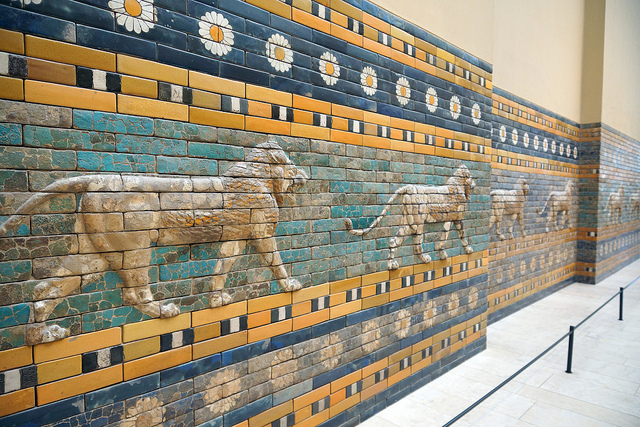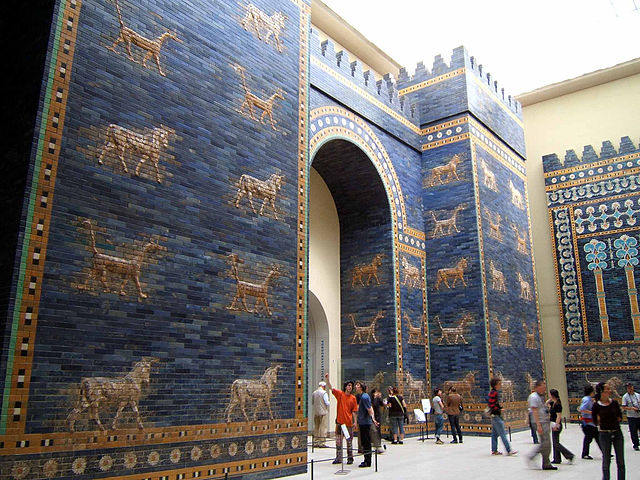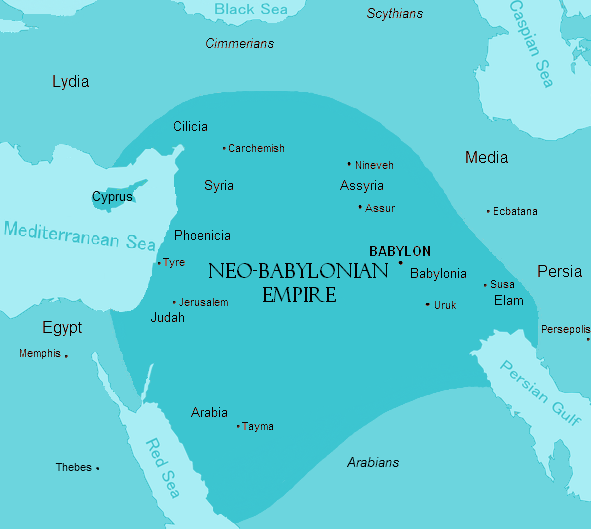
The city of Babylon ruled over one of the most important and powerful empires of ancient Mesopotamia. It was an important trading center during antiquity partly due to its prime location on the Euphrates River. King Nebuchadnezzar led numerous pro-trade civil planning projects including the construction of roads leading to and from Babylon. The city eventually became the economic heartbeat of the Babylonian Empire.
In addition to Babylon once being a major center for commerce, it was also a place of grandeur and beauty. King Nebuchadnezzar insulated this special city with 85 foot thick walls that surrounded the entire 200 square mile city.
The main entrance into the magnificent walled city was the 60 foot high Ishtar Gate.

In the center of Babylon stood a massive seven-story (91 meters) ziggurat, which was a unique pyramid-like temple. The ancient Babylonians named this particular ziggurat, Etemenanki. (That’s Sumerian for “temple of the foundation of heaven and earth.”) This towering temple was dedicated to Marduk, the ancient Mesopotamian god. The structure was greatly revered by the citizens of Babylon, who believed it to carry deep astro-theological meaning. (There is even some conjecture that Etemenanki was constructed of parts of the original Tower of Babel.)
The early Babylonian Empire was eventually destroyed by the Assyrian Empire. Later, the Neo-Babylonian Empire (the Babylon of the prophet Daniel’s era) was destroyed by the Medes and Persians.
The Etemenanki ziggurat survived until it was demolished in 323 BC, under the direct order of Alexander the Great. Initially, in 331 BC, Alexander had desired the reconstruction of the temple. However, in 323, Alexander decided to destroy the temple and rebuild it from scratch. So, if the Etemenanki was indeed connected to the famed Tower of Babel from Genesis 11, then it could be said that Alexander the Great attempted to rebuild that notorious tower!



